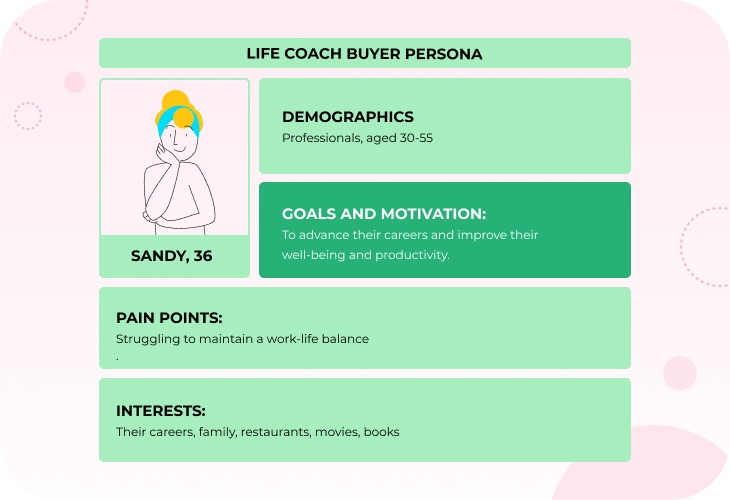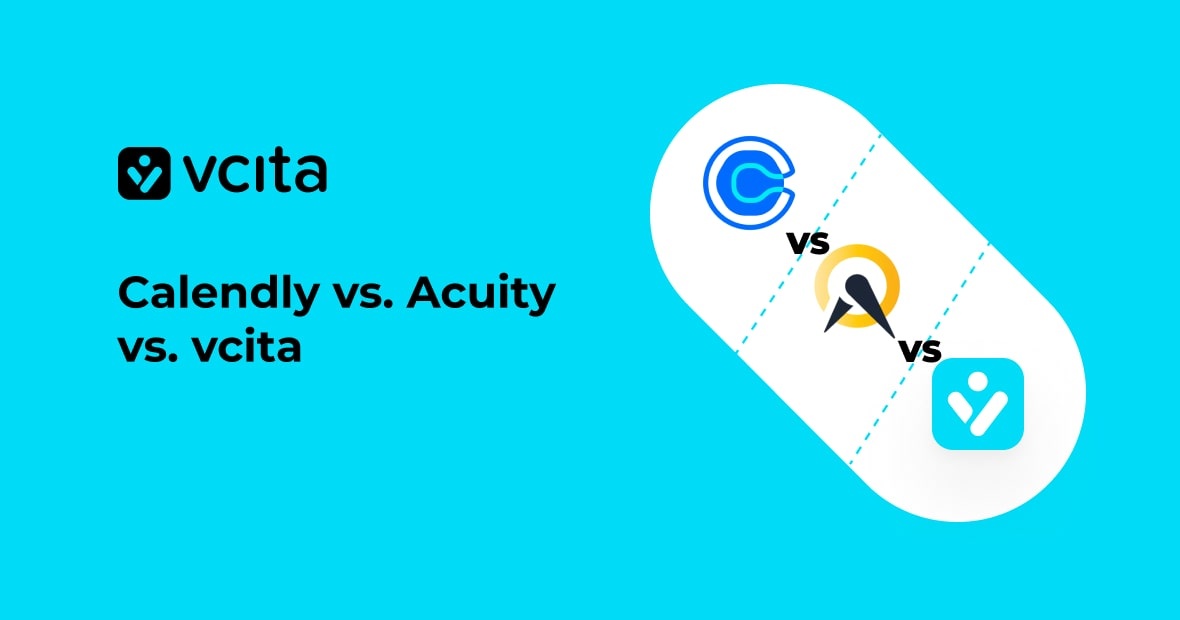You’ve built an amazing small service business through sheer hard work and determination. Now you need to articulate a unique value proposition and promote it widely to attract more of your ideal customers.
By defining a clear positioning statement, focusing on the features and benefits that your target audience cares most about, and optimizing your marketing for the platforms where potential customers spend the most time, you’ll boost interest in buying your services.
This guide will walk you through conducting a customer behavior analysis to build an UVP that resonates with your target market, attracts more of your ideal customers, and increases your conversion rates.
Understanding your unique value proposition (UVP)
As a small business owner, figuring out your unique value proposition (UVP) is crucial to attracting your ideal customers. Your UVP is what makes your business stand out from competitors and gives potential clients a reason to choose your services.
A compelling UVP helps potential customers understand how your business is perfectly suited to meet their needs. With an effective UVP powering your social media profiles, website, and landing pages, you’ll turn more visitors into conversions and grow your business. Here are the steps you need to take to develop your effective UVP:
- Analyze your target market’s pain points and needs to determine what problems your potential customers struggle with and would pay to solve.
- Evaluate your business’s features and benefits to define how your services resolve the pain points you identified.
- Craft a positioning statement summarizing your UVP in one or two memorable sentences.
- Communicate your UVP on your website, social media, and marketing materials so that everyone knows about it.
Identifying your ideal customer and their pain points

The first step in producing an effective UVP is to make sure you understand your customers and their needs. It’s a good idea to begin by building an Ideal Customer Profile, or ICP. An ICP is a detailed description of your perfect customer, including their demographic information, where they live, how they like to communicate, and more.
To build an ICP, consider questions like:
- What makes them top customers? Do they shop frequently, make big purchases, or recommend you to friends?
- What do they have in common? Is it their age, their marital status, where they live or work?
- What are their behavioral characteristics? Do they browse your website, engage on social media, or email you with questions?
- Why do they shop with you? Is it convenience, price, a specific service or product that they can’t find anywhere else, or your excellent service?
Once you’ve answered these questions, you can group them together into personas. Each persona is an ICP. You can even give your ICPs names, so you can ask yourself what Steve, Emma, or Nguyen will think about your business.
Now you’ve created ICPs, list all the pain points that each one of them struggles with. For example, your digital marketing agency might notice that Steve is having trouble driving traffic to his landscaping business website, Emma is frustrated about the lack of engagement with her cake decorating Instagram profile, and Nguyen isn’t managing to convert website visitors into paying customers for their massage business.
Evaluating your business’ benefits

Once you’ve gained an understanding of your target market and their pain points, it’s time to zoom in on how your business can solve them. Think about what makes your business uniquely suited to serve your customers.
For example, can you craft eye-catching social media posts, explain how an online marketing funnel works, or set up effective paid marketing campaigns? Maybe you answer customer service calls 24/7, or have the lowest prices in your area?
Determine what sets you apart so you can highlight that in your messaging. You may find that your business has a number of benefits that resolve different pain points for various customer personas. Try to zoom in on the ones that are most important for your top ICPs.
Crafting your positioning statement
Now you’re ready to craft a positioning statement that sums up your unique value proposition. It should describe your target audience, their need or pain point, and how your service fulfills that need, all in a compelling way.
A good positioning statement is concise yet impactful, giving potential customers a quick understanding of why your business is the best choice for them. You might need to try out a few different ways of wording the same ideas, until you find a phrasing that is memorable and appealing.
It’s important that the UVP focuses on benefits, not just features. For instance, instead of saying “Social media marketing is our specialty,” say “Boost engagement with our social media marketing expertise.”
A great example of a UVP would be:
“For small business owners who need affordable marketing services to generate more leads, ABC Agency offers turnkey inbound marketing and sales solutions that deliver a higher ROI within the first month of implementation.”
Communicating your UVP to attract more customers
Finally, use your positioning statement in all your marketing – including your website, social media profiles, landing pages, flyers, and business cards. This helps educate potential customers and motivates them to buy your services. You should also train your team to communicate your unique value proposition clearly to potential customers.
Measure how well your message resonates by tracking conversion rates, customer behavior, and any feedback, then make adjustments as needed to improve how you articulate your value to your target audience. Keep refining your UVP on a constant basis, as you gain insight into what motivates your customers’ buying decisions.
An excellent UVP is the foundation for a successful small business
A well-crafted UVP is the pathway to success for your small service business. You’ll gain new clients, higher revenue, and word-of-mouth referrals from happy customers who become your best advocates. Take the time to craft a compelling positioning statement, and you’ll gain a key competitive advantage for your small service business.




























